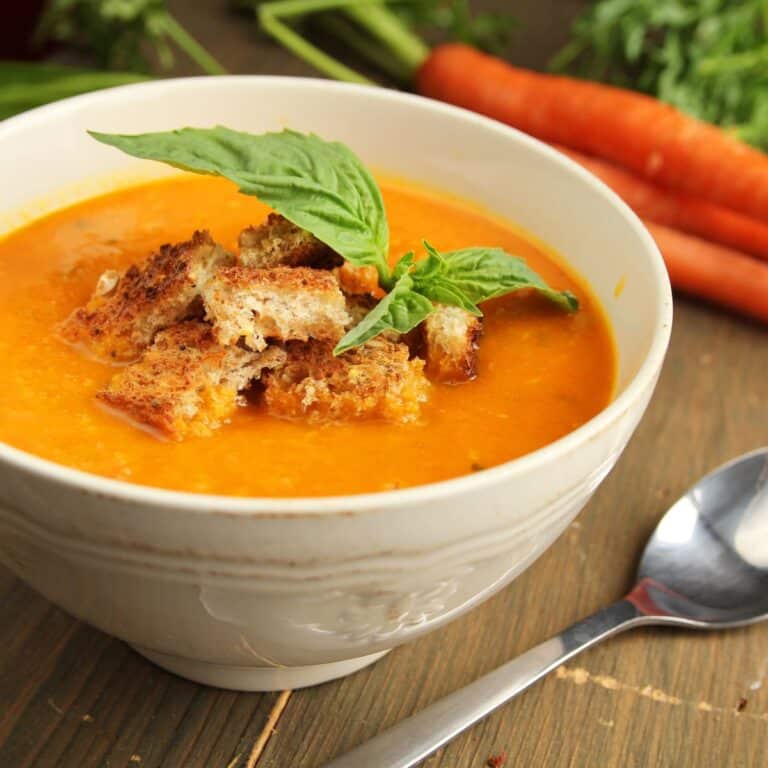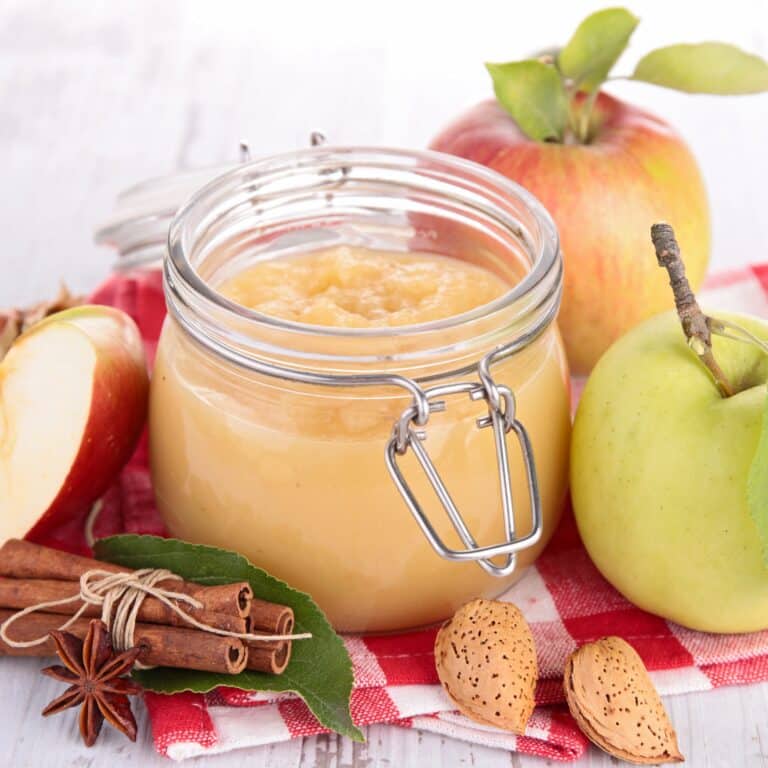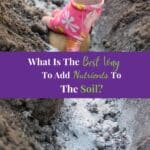Planting a Kidney Friendly Garden
Creating a kidney friendly garden is a rewarding experience for the whole family. It's an opportunity to take advantage of nature and enjoy its beauty while also improving your health and your kidney health goals.
Not only does it give you access to fresh, organic produce, but it can be beneficial for those eating the right food for your stage of chronic kidney disease!
Gardening can also encourage physical activity (exercise for a healthy heart) that helps reduce stress levels and promote better well-being. Plus, growing your own food allows you to control what goes into your diet and make sure all ingredients are dialysis friendly.
With just a little bit of effort, you can cultivate a thriving garden that will bring joy to both yourself and others.
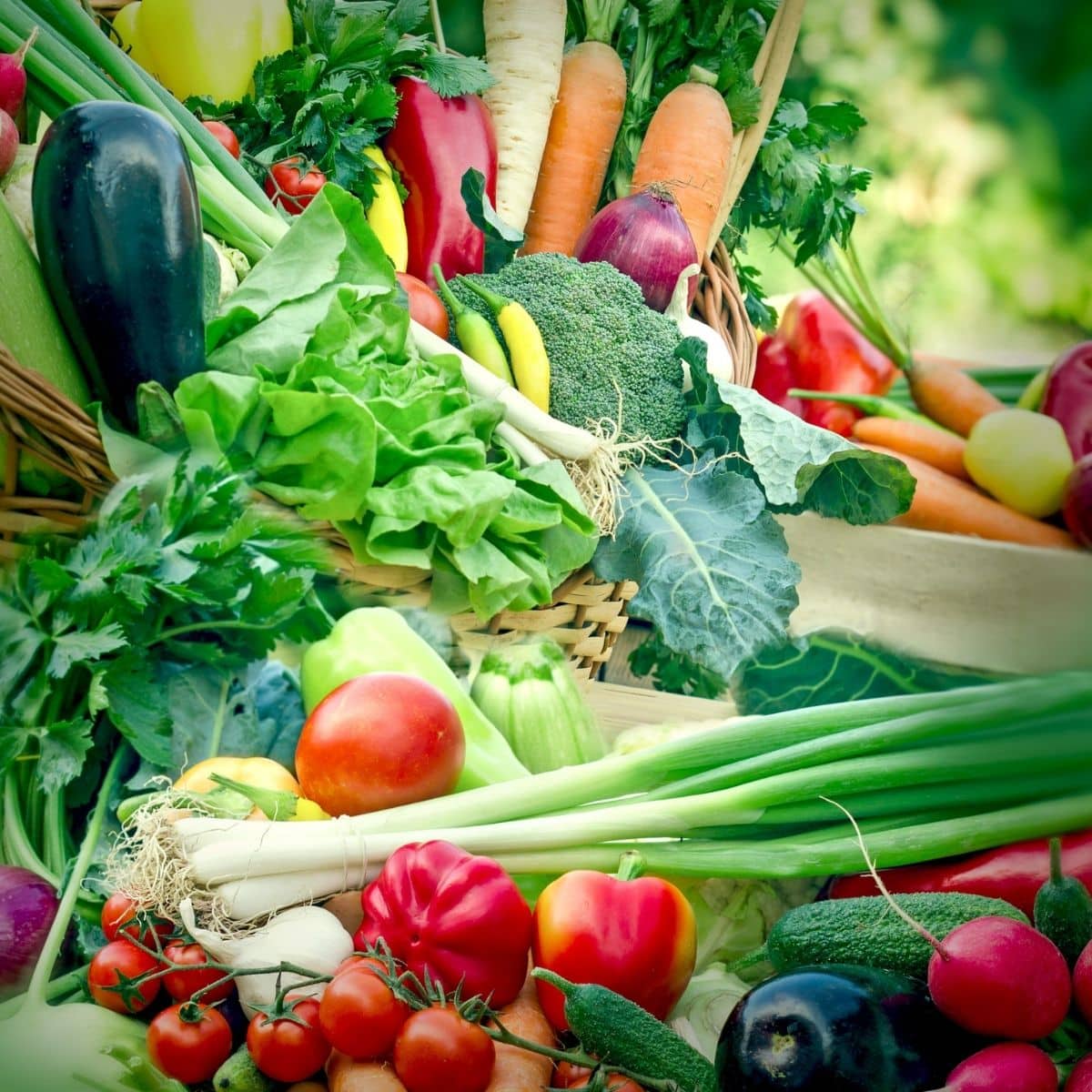
So what are some good things to grow in your garden that can be great when added to your 7 day meal plan for chronic kidney disease?
Depending on your level of skill and the time a year, there are lots of plants and seeds that you can grow in your garden to add fresh kidney friendly fruits and vegetables to your plate.
Jump to:
- What Popular Vegetables Are Good For A CKD Garden?
- Root Vegetables
- Green Leafy Vegetables for Kidney Patients
- What Plants Are Good For Kidneys
- Choosing Appropriate Plants
- Soil Preparation
- Creating An Organized Layout
- Planning For Sun Exposure
- Using Natural Pest Control
- Watering Your Garden Properly
- Composting For Healthy Soil
- Harvesting And Enjoying Your Garden
- FAQs for Renal Diet Food List for Your Garden
- Planting a Kidney Friendly Garden
What Popular Vegetables Are Good For A CKD Garden?
Root vegetables, like carrots, potatoes and beets, are a great choice for CKD gardens and kidney patients. They provide a good source of vitamins, minerals and fiber. Leafy greens, like cabbage and lettuce, are also a great addition to a backyard garden.
They're packed with antioxidants and phytonutrients that can help support kidney health. With so many options, gardens can give you fresh or canned vegetables for a renal diet!
For More Recipes and Ideas --->> Get Your Free Meals and Recipes That Are Perfect for Pre-Dialysis Diets, Pre-Dialysis with Diabetes, or Dialysis Diets.
Root Vegetables
Root vegetables are a great choice for planting in a garden and make great kidney friendly vegetables. Not only do they require minimal gardening tools, but the soil preparation and container planting is also relatively easy.
Root vegetables like potatoes, carrots, radishes, beets and turnips are not only hardy and pest-resistant, they’re packed with vitamins that help support healthy kidney function.
When it comes to pest prevention, root vegetables usually don’t need too much special attention or treatment; their strong taste and scent will often keep pests away on their own.
Plus, root vegetables can easily thrive indoors if needed! All you have to do is provide them with plenty of sunlight and water to ensure success.
At the end of the day, growing your own root vegetables is an easy way to add tasty nutrition into your diet while supporting your kidneys at the same time. This makes them some very popular vegetables to plant in warm weather and keep healthy.
Green Leafy Vegetables for Kidney Patients
Leafy greens are another great option for a summer garden! Not only can they be grown indoors, but you can also create companion plantings using them to help your root vegetables thrive.
When growing leafy greens like lettuce, cabbage and kale, it's important to test the soil first since these types of plants require different nutrient levels than most other vegetables.
You should also consider intercropping with flowers or herbs like Anise hyssop and Sage in order to attract beneficial insects that will keep pests away from your veggies.
With a bit of extra care, you can easily enjoy fresh leafy greens in salads and side dishes while providing yourself with essential vitamins and minerals needed for optimal kidney health and improved kidney function.
Plus, there's nothing quite as satisfying as harvesting homegrown produce right from your own backyard!
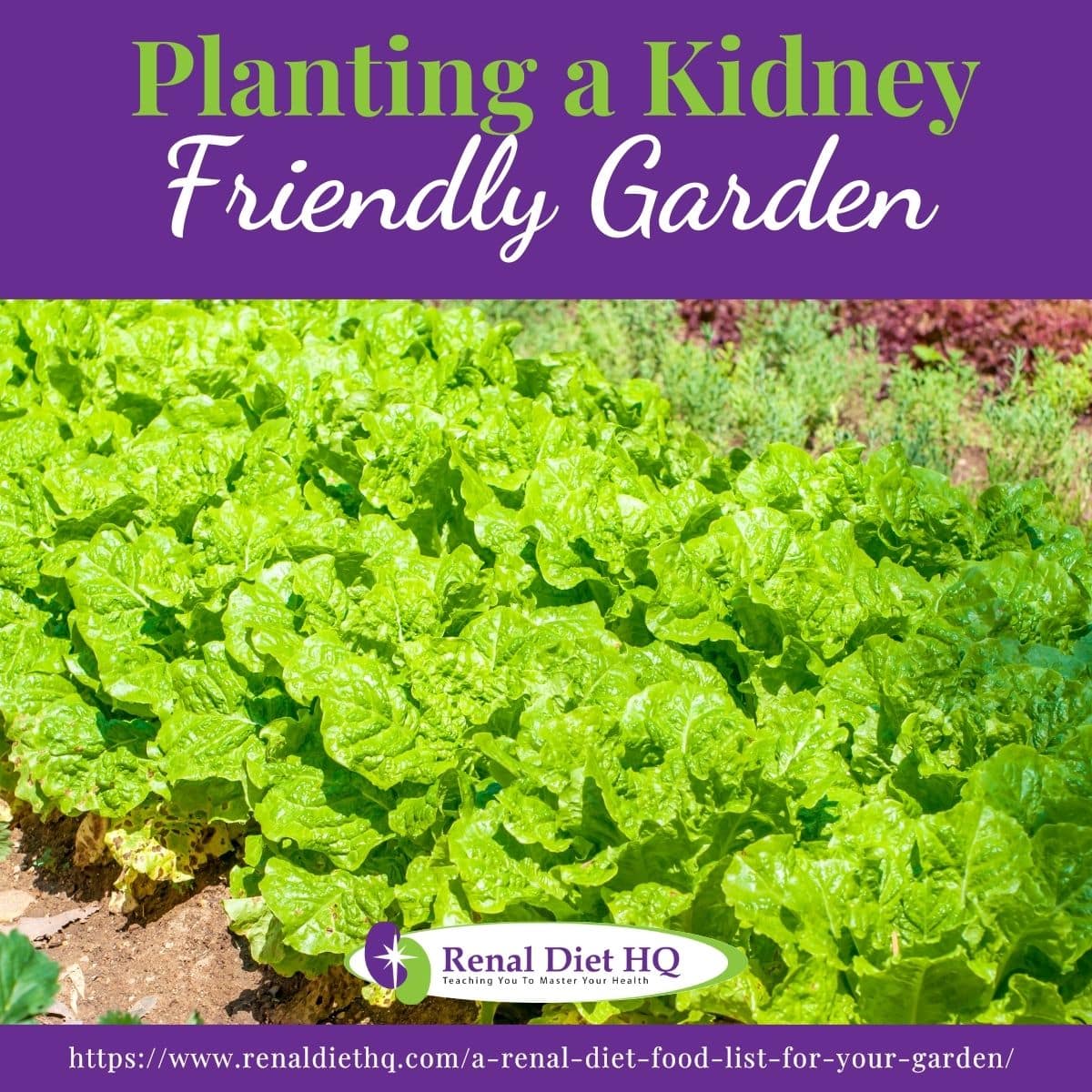
What Plants Are Good For Kidneys
We need to consider what plants are best for our kidney-friendly garden when choosing appropriate plants. Preparing the soil is also a crucial step in planting a successful garden.
You need to make sure it's fertile and has good drainage. Let's talk about what else we should do to make sure our plants will thrive.
Choosing Appropriate Plants
When it comes to selecting kidney-friendly plants for your garden, there are few things you'll need to keep in mind.
Firstly, make sure the plants you choose are drought tolerant and can grow well with companion planting - this will help ensure that they're as healthy as possible!
Secondly, consider soil testing before planting anything; this will give you a better understanding of what kind of environment your garden needs to thrive.
Finally, container gardening is always an option if space or sunlight is limited - just be sure to add plenty of drainage holes so extra water doesn't build up around the roots of your plants. With these tips in mind, creating a kidney-friendly garden should be easy!
Soil Preparation
Let’s focus on soil preparation. This is key to avoiding toxins in your garden and ensuring your kidney-friendly plants thrive. Before planting anything make sure to conduct a soil test; this will give you an idea of what nutrients are present and which need to be added.
When preparing the soil, try to use organic fertilizers instead of harsh chemical ones - this will help keep the environment safe and healthy.
Most plants prefer a slightly acidic soil with a pH of six or seven. If your soil is too alkaline, you can amend it by adding compost and organic matter like peat moss to lower the pH level. If your soil is already acidic, then adjust accordingly by using wood ash or lime to raise its pH levels.
In addition to monitoring pH balance when selecting soil type, use amendments such as rock dusts and glacial sands that are rich in minerals and nutrients for better plant growth.
These substances help improve texture, aeration, water retention, and drainage capabilities in sandy soils; while also increasing fertility and microbial activity in clayey soils. Weed control is also important as weeds can take away from valuable resources like water and sunlight needed by other plants.
With careful planning and attention to detail, you can create the perfect environment for growing kidney-friendly plants!
Creating An Organized Layout
Creating a kidney friendly garden is all about painting the perfect landscape. To start, it’s important to think about how you'd like your garden layout to look- using raised beds, container gardening or traditional in-ground planting are all options.
Additionally, companion planting can be used as a way to naturally repel pests from your garden while promoting pollination among flowers and vegetables alike.
Finally, aerating or tilling your plot will allow oxygen and moisture levels to remain steady throughout each season, further promoting plant growth.
With these considerations taken into account, your well organized kidney friendly garden will be sure to thrive!
Planning For Sun Exposure
Now that you have an organized layout for your kidney friendly garden, it's time to focus on planning the sun exposure.
Sunlight is one of the most important elements in gardening, as plants need sunlight to produce food and grow properly. So it's important to group plants by their needs to help you create a more effective garden layout.
For example, plants that require full sun should be grouped together in a sunny area, while plants that require shade should be grouped together in a shady area.
First, when selecting sun exposure for your garden, it’s best to identify areas of your yard that get at least six hours of daily sunlight to ensure proper growth. You should also consider proper sun protection by using shade trees or trellises with vines that will provide additional coverage from intense heat during summer months.
Additionally, you may want to use shade plants like hostas and ferns if some parts of your yard don't get full sun all day long.
When done correctly, this will help ensure healthy plant growth in your new kidney friendly space!
Using Natural Pest Control
Now, it is time to discuss how to use natural pest control in your kidney-friendly garden. Avoiding the use of pesticides and other chemicals can be beneficial for people with chronic kidney disease who are sensitive to toxins.
Attracting beneficial insects such as ladybugs and praying mantises can help keep harmful pests at bay while avoiding dangerous insecticides. Natural pest repellants like lavender and peppermint oils can help keep bugs at bay. You can also try companion planting - growing certain plants together - which helps repel bad bugs while attracting good ones.
For example, adding certain plants Anise hyssop and Sage to your garden can help to repel cabbage moths. Covering the ground around your plants with a layer of mulch or compost can also discourage unwanted critters from snacking on your vegetables and herbs.
These strategies for using natural pest control will not only reduce chemical exposure but will also result in healthier plants and tastier produce! What produce to eat with CKD?
Furthermore, these practices require minimal effort yet still offer great protection against various plant diseases and pests.
With this approach, you can enjoy a beautiful, safe, and bountiful kidney-friendly garden without having to resort to harsh chemicals or hazardous products.
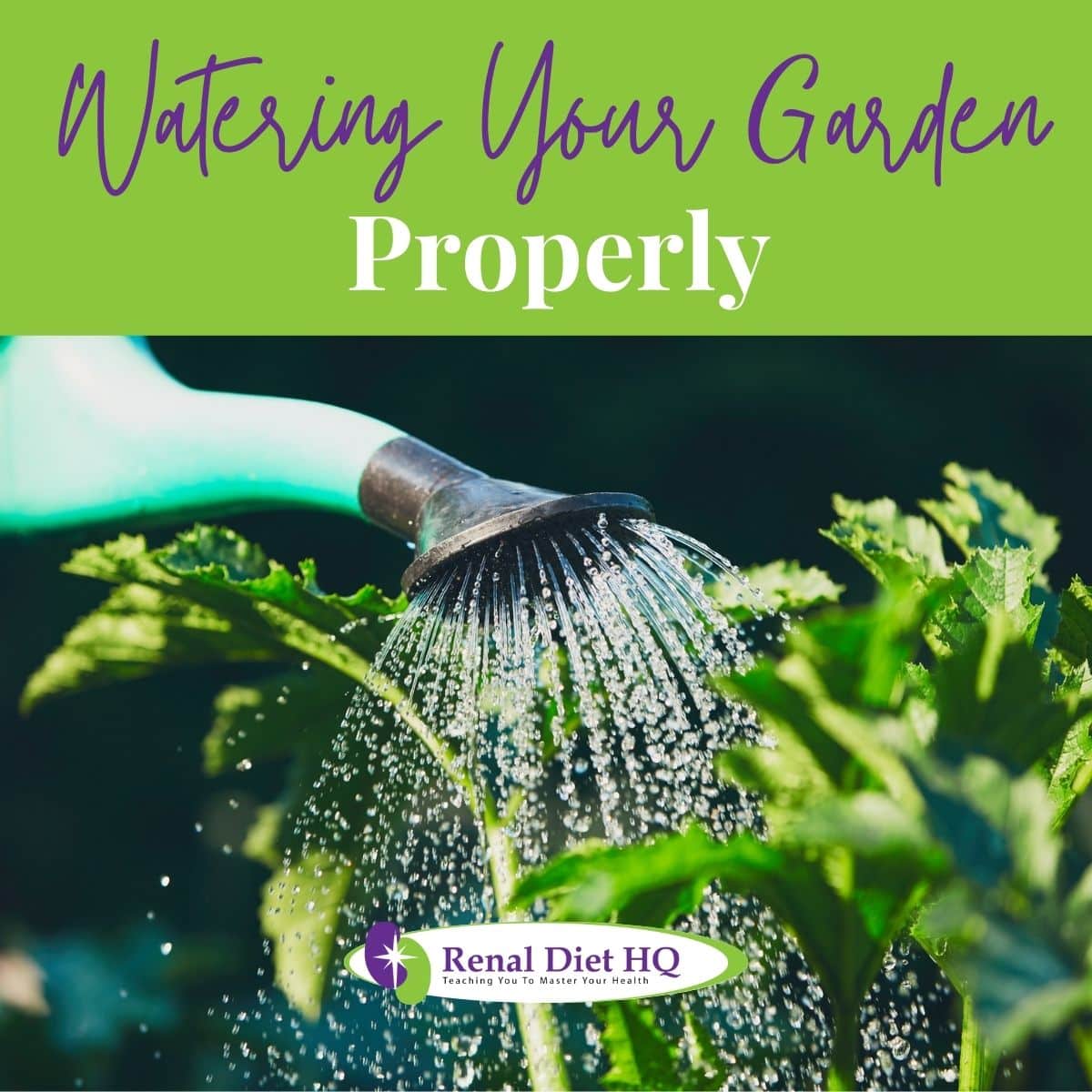
Watering Your Garden Properly
Creating a kidney-friendly garden requires thoughtful consideration of when and how to water it.
Proper irrigation is essential for the plants' growth, but with an intelligent approach, you can also give our Earth's precious resources some respite.
To do this effectively, it is important to choose the right watering tools, conserve water whenever possible, irrigate efficiently, and add mulch around your plants.
When selecting your gardening tools, ensure that they are easy to use and store away without wasting space. A long hose pipe might be helpful if your garden has a large area, while a watering can or spray bottle would work better if you have smaller spaces in between each plant.
Conserving water should always be at the forefront of your mind; take into account any rainfall that may occur before deciding on what amount of water should be used in each section of your garden.
Irrigating efficiently means delivering just enough moisture directly to the roots of the plants so as not to waste too much through evaporation. This will involve closely monitoring soil levels and understanding which types need more frequent attention than others throughout different times of year.
Adding mulch around the base of each plant helps keep moisture locked in by providing insulation from direct sunlight and reducing weed growth.
In turn, this reduces the number of weeds competing for nutrients with existing vegetation and helps reduce how often you must water them during hotter months.
By taking these steps into account when planting a kidney-friendly garden we can create something beautiful that supports both people’s health and our environment - without sacrificing one for the other!
Composting For Healthy Soil
Now that your garden is watered properly, it’s time to move onto the next step: composting for healthy soil. Composting helps you avoid contaminants and provides nutrient cycling in your garden. This will help keep plants healthy and also attract beneficial insects into your garden!
Test your soil and once the analysis is complete, it's time to add organic matter such as leaves, grass clippings, kitchen scraps and other natural materials into your compost pile or bin.
Keep turning over the material every few weeks so everything breaks down evenly and aerates properly.
By doing this regularly throughout the growing season, you'll ensure that your kidney-friendly garden has all the necessary ingredients for success!
Harvesting And Enjoying Your Garden
Harvesting from your garden is easy enough once you have readied your plants with proper preparation techniques. Each vegetable has a different maturity date, which is the time it takes for the vegetable to reach its full size and flavor.
To determine when your vegetables are ready to be harvested, check the seed packet or plant label for the maturity date. This will ensure that you harvest your vegetables at the peak of their flavor and nutrition for great kidney friendly options.
Depending on the outdoor weather, your plants may mature faster or slower than the indicated time.
When it comes to the time of day to harvest your vegetables (fresh or canned vegetables for a renal diet), it's best to do it in the morning when the plants are still cool and hydrated. This can help to preserve their flavor and texture. Avoid harvesting vegetables in the heat of the day, as they may wilt or become damaged.
By harvesting in the morning, you can ensure that your vegetables are at their freshest and most flavorful.
Using sharp scissors or pruning shears is also important when harvesting your vegetables. Dull tools can damage the plant and make it more susceptible to disease.
Make clean cuts at the base of the vegetable stem, taking care not to damage the plant. By using sharp tools, you can ensure that your vegetables are harvested cleanly and with minimal damage.
Finally, harvesting your vegetables regularly can encourage the plant to produce more. Leaving vegetables on the plant for too long can cause them to become overripe or tough.
By harvesting regularly, you can ensure that your plants continue to produce fresh, flavorful vegetables throughout the growing season.
FAQs for Renal Diet Food List for Your Garden
In the fall you want to plant vegetables that do better in the cool weather. Vegetables like cabbage, kale, and lettuce are great in the fall and early spring because they like the cool weather and grow fairly easily.
Cabbage (cabbage recipes for kidney patients), kale, and lettuce are low potassium vegetables that you can easily eat with your meals.
And they are easy to harvest, plus they go with just about everything you could eat on a renal diet food list to improve improvement of kidney function.
In the spring and summer, planting some green beans (green beans kidney disease) and peas are really great ways to always have enough vegetables to add to any meal.
You can go out at any time and pick off just enough green beans or peas to add as a side dish or to mix in with your stir fry or soup for the day.
Growing beans can be a rewarding and relatively easy task for a gardener. Beans can be grown from either seeds or plants.
Seeds should be planted in the spring, when the soil is warm and the chance of frost is low. Beans should be planted in full sun and require regular watering for the best results. Give this black bean and rice burrito a try!
Depending on the type of bean, the plants may need to be supported with a trellis or poles, as the vines can become quite long for the growth of beans.
Bacterial blight is a common problem in beans and can be treated with a copper-based fungicide. Powdery mildew can be a result of too much moisture and can be prevented by avoiding overhead watering and mulching around the plants.
Aphids can be controlled by spraying the plants with a strong stream of water or by using insecticidal soap as a natural option.
When it comes to how often you should water your garden, the answer depends on a few factors.
Most plants require regular watering - usually once or twice a week when temperatures are milder, and every other day when they get hot. Composting methods can help with retaining moisture in the soil, while also providing nutrients that plants need to thrive.
It's important to check the soil before you water; if it's damp two inches below the surface, then hold off until next time.
Did you know that soil is the foundation for a healthy garden? To ensure your plants get all of the nutrients they need, it's important to add these nutrients through proper aeration, composting and testing.
Soil aeration provides oxygen which is essential for root growth while also helping with water retention.
Composting helps increase organic matter in the soil along with adding beneficial bacteria and fungi.
Testing your soil regularly can help you identify any deficiencies or pH imbalances so that you can easily address them. With just a few simple steps, you'll have lush, nutrient-rich soil ready to support even the most delicate of gardens!
If you are looking for kidney-friendly plants, it's important to consider the potassium and phosphorus content of the plant. You might want to follow a low potassium diet for kidney disease.
High levels of potassium, phosphorus, and sodium can be harmful to people with kidney disease, as the kidneys may not be able to filter these minerals properly.
You can look up the nutritional information for most plants online or in a nutrition database.
Look for plants that are low in potassium and phosphorus, and high in other nutrients such as fiber, vitamins, and minerals.
Planting a Kidney Friendly Garden
Cultivating a kidney-friendly garden requires consideration of water, nutrients, plants and pests to create the perfect balance. But with some practice, anyone can learn how to successfully maintain their CKD garden.
When watering your garden, be sure not to overwater as this can cause damage or even kill plants. When adding nutrients, use organic fertilizers for best results. Always research which plants are safe for those with a chronic kidney disease diet food list before planting them in your garden.
Finally, make sure you have measures in place to control pesky pests without resorting to potentially harmful chemicals that could be detrimental to your health and the treatment of kidney diseases!
Vegetables can be expensive, so why not plant a few of your own that are the right types for your kidney diet? They allow you to enjoy your love of gardening and have the fresh vegetables you need to stay healthy.
Setting up your garden for success and adding the right foods to your renal diet food list are the best ways to make having kidney failure a little easier.





